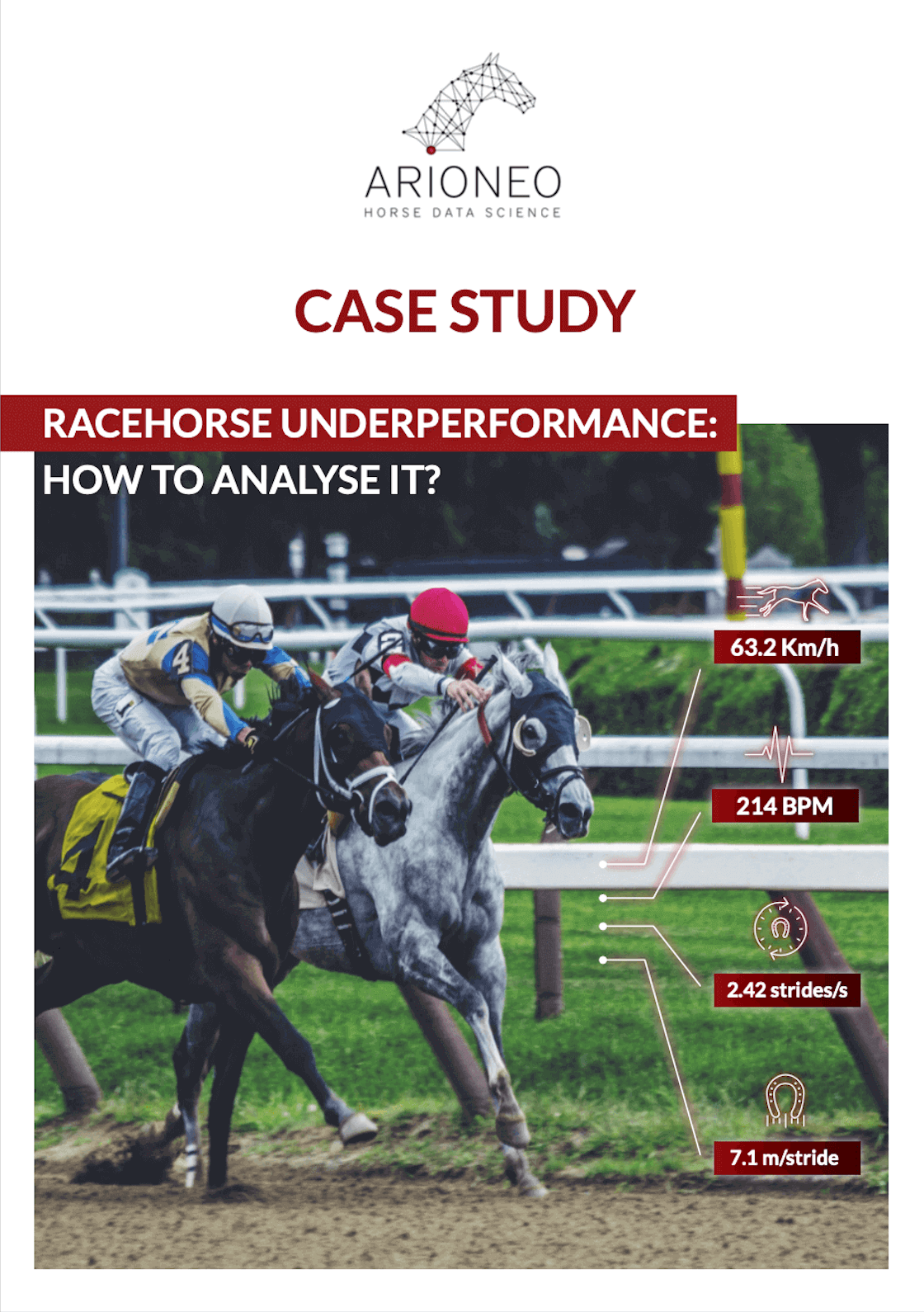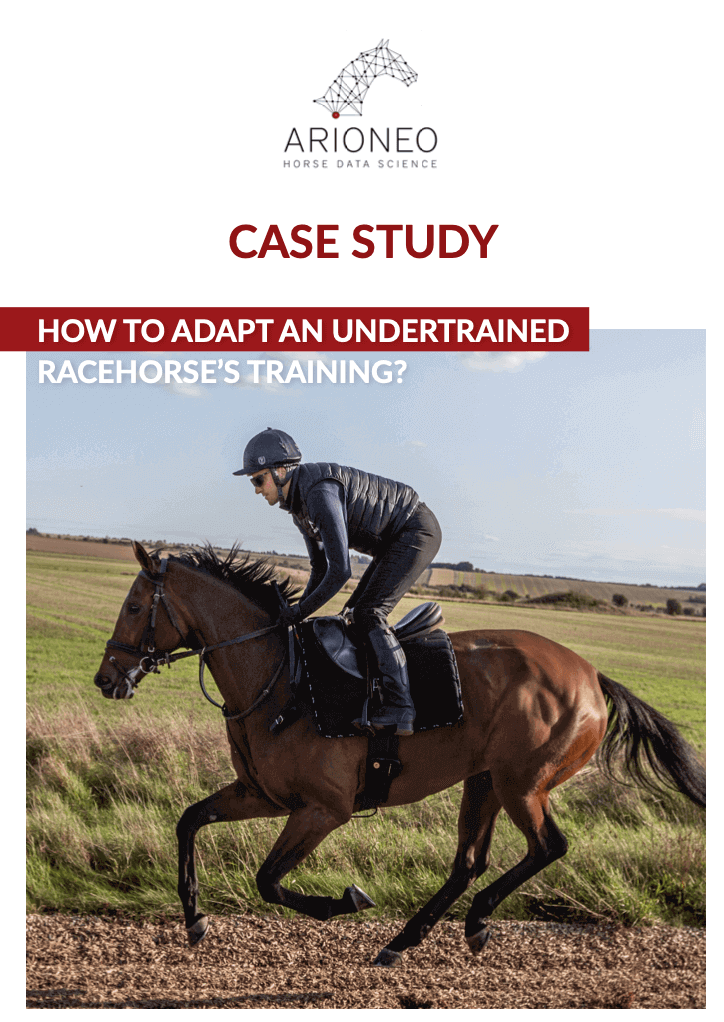USE CASES EQUIMETRE FLAT & HARNESS
Collecting data during training provides objective support for decision-making. Each type of data can be used in specific situations. EQUIMETRE customers use the data according to their needs and expectations. We have detailed a few examples of concrete cases.
Objectively assess the fitness of your horses
Data collected during training help quantifying the workload supported by a horse in an objective way. What was the most difficult part of the training? How efficiently did the energy metabolism got going? Cardio data evolution during training provides an objective help in understanding how and when the required effort was made.
The speed data at each moment of the training completes the feeling of the rider and the trainer who can get a clearer picture of the physical abilities and accelerations.

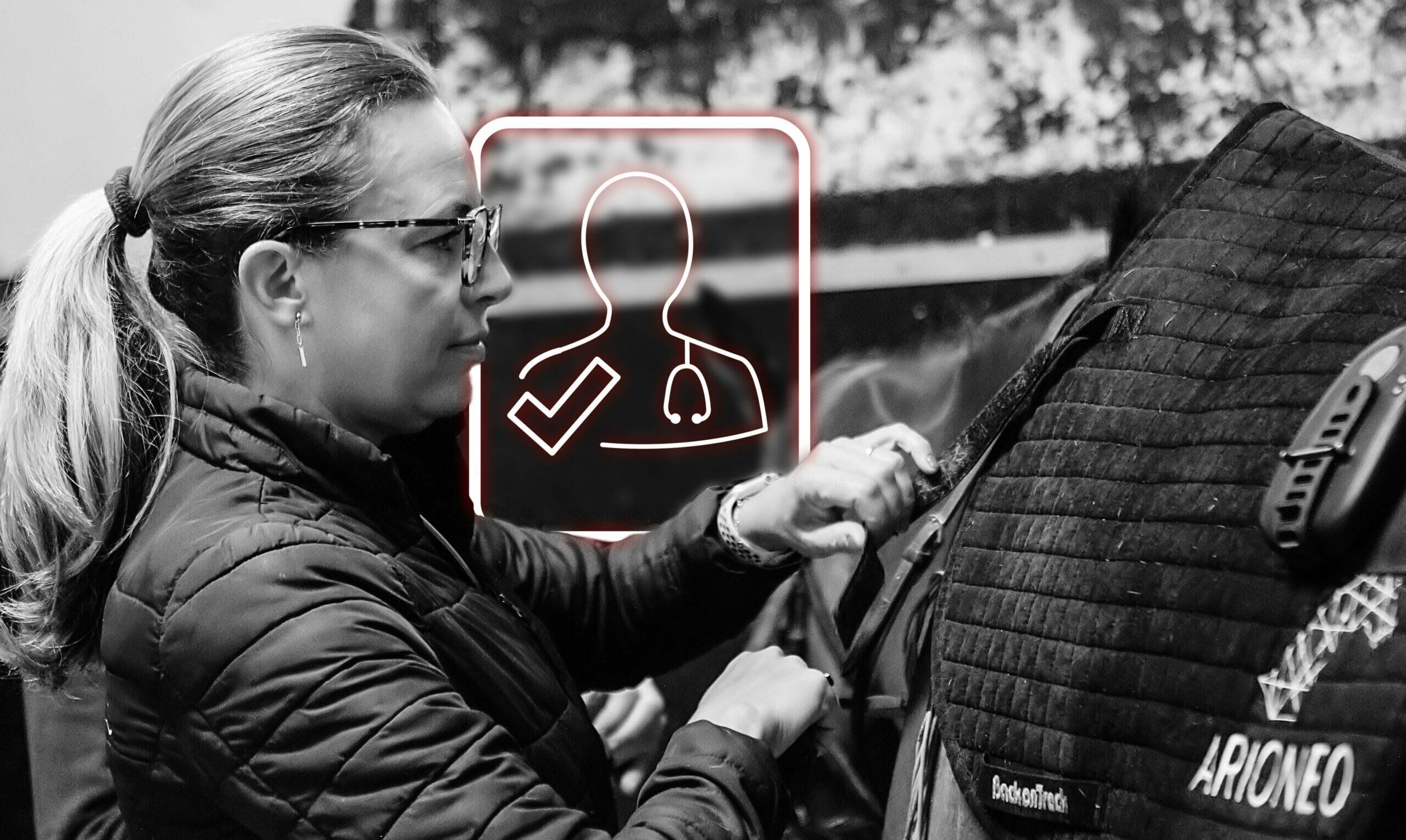
Prevent the risk of injury
Heart rate monitors can detect a sudden and unexplained increase in HR. It can be a sign of pain, stress or fear. Peaks in heart rate or unusual heart rate during warm-up can be warning signs of pathologies or overtraining.
The veterinarian might then decide to analyse the horse’s ECG during exercise if the recovery parameters deteriorate even slightly. Arrhythmias, possible indicators of heart diseases, and discomfort can all be detected using an ECG. Symmetry and regularity data can be used to track locomotor stride health. They can open the trail of discomfort when combined with cardiac data.
Investigating underperformance
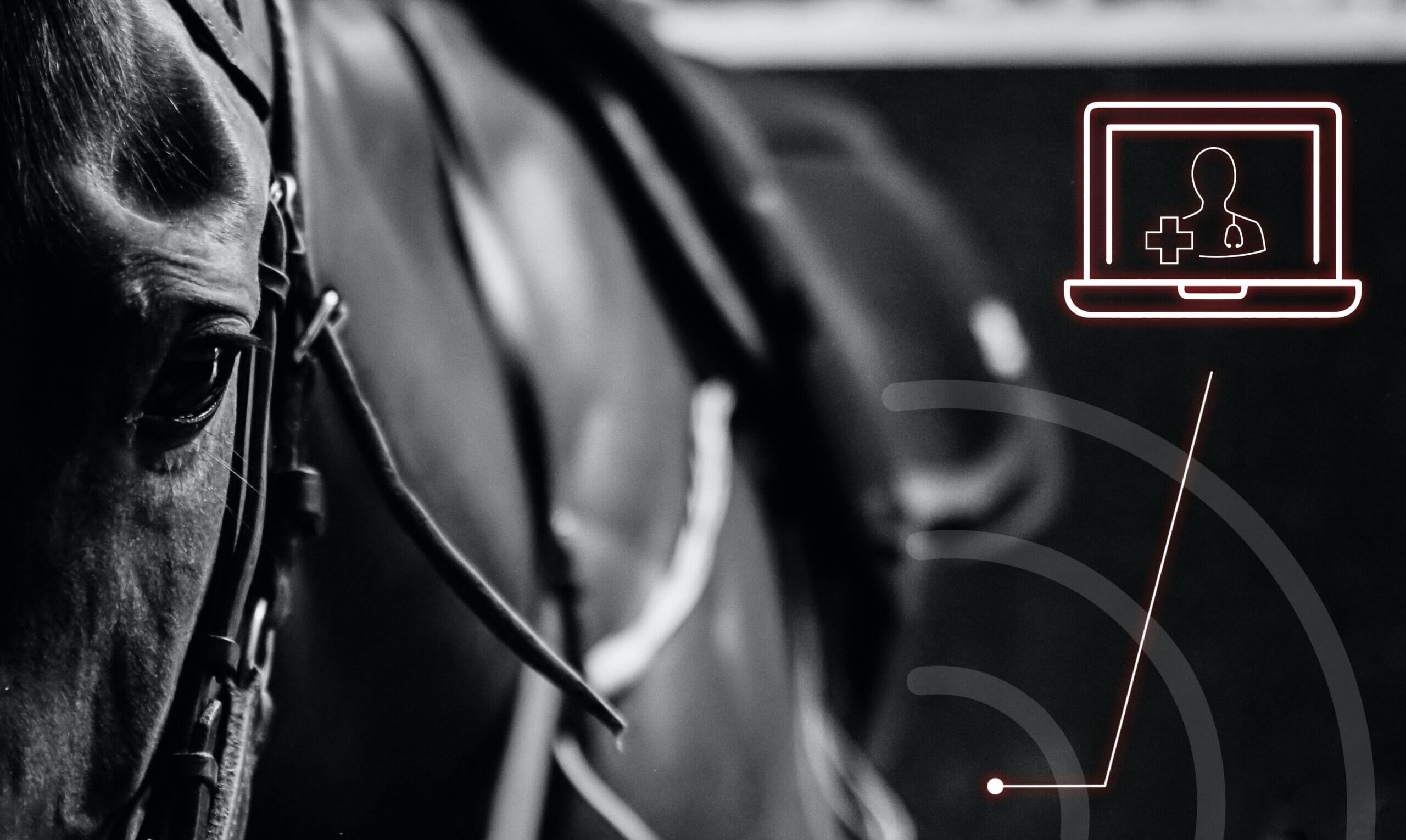
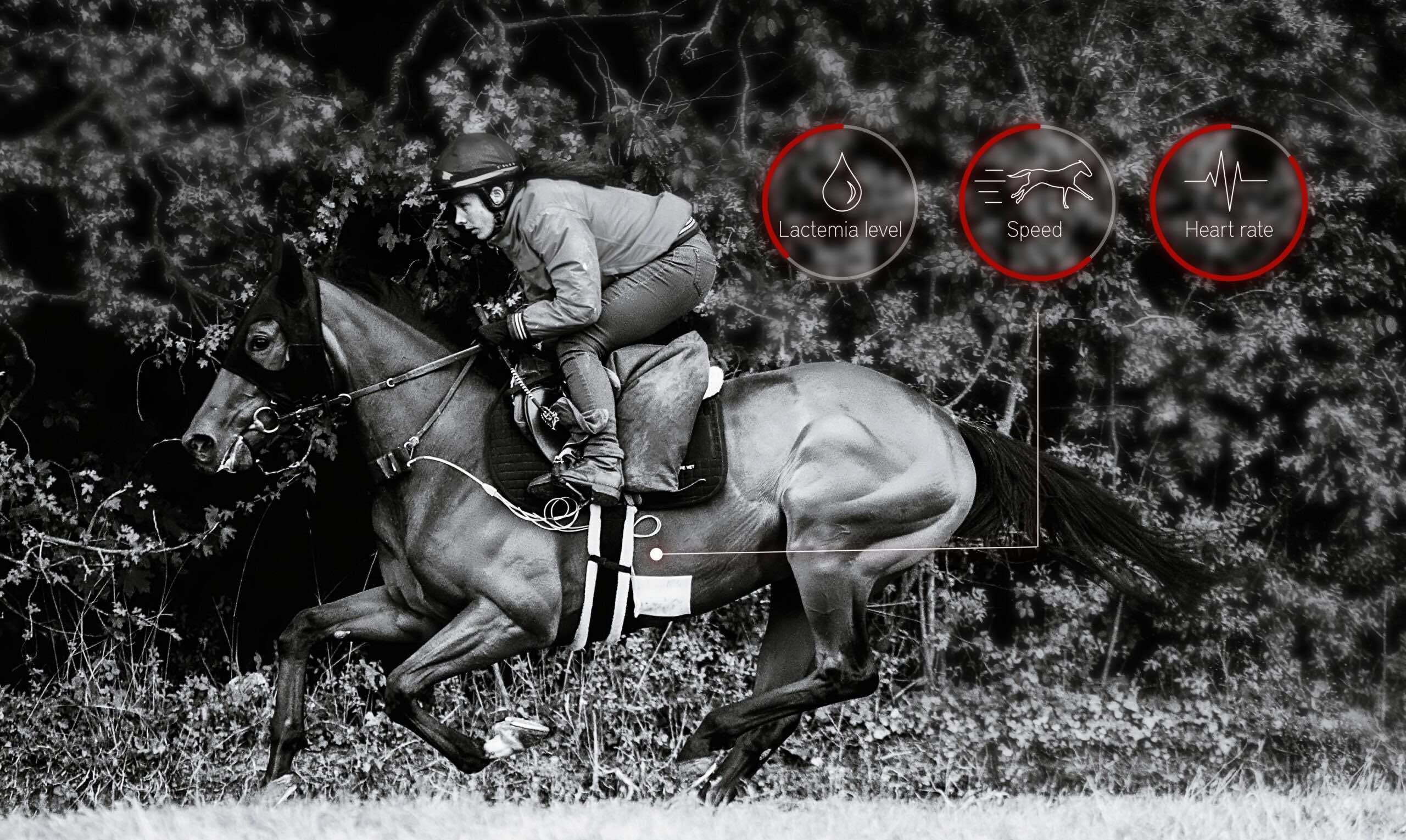
Identify the optimal fitness level to race
During the last training before a race, the physical and physiological condition of the horse on a specific type of exercise can be assessed. If the race went well, the data collected earlier is a reference. It allows to prepare the next race serenely in the same conditions. On the contrary, if the race went badly, this data will be goals to exceed so that the next race goes better.
Discover our use cases
These downloadable contents provide data analysis. They combine theoretical concepts and real-life stories to better understand the role of EQUIMETRE.
Selecting the right distance by analysing the locomotor profile
Analysing locomotion helps to identify the horse’s acceleration process thanks to the measurement of stride frequency and stride length parameters. The higher a horse’s stride frequency, the less time he’ll need to reach his top speed. Horses with a high stride frequency, sprinters, will perform better in short-distance races. On the contrary, horses with a low stride frequency, like stayers and milers, have a longer acceleration time. A long distance is more suitable for this type of horses.
Assessing the ability to hold the speed will be key to compare horses.
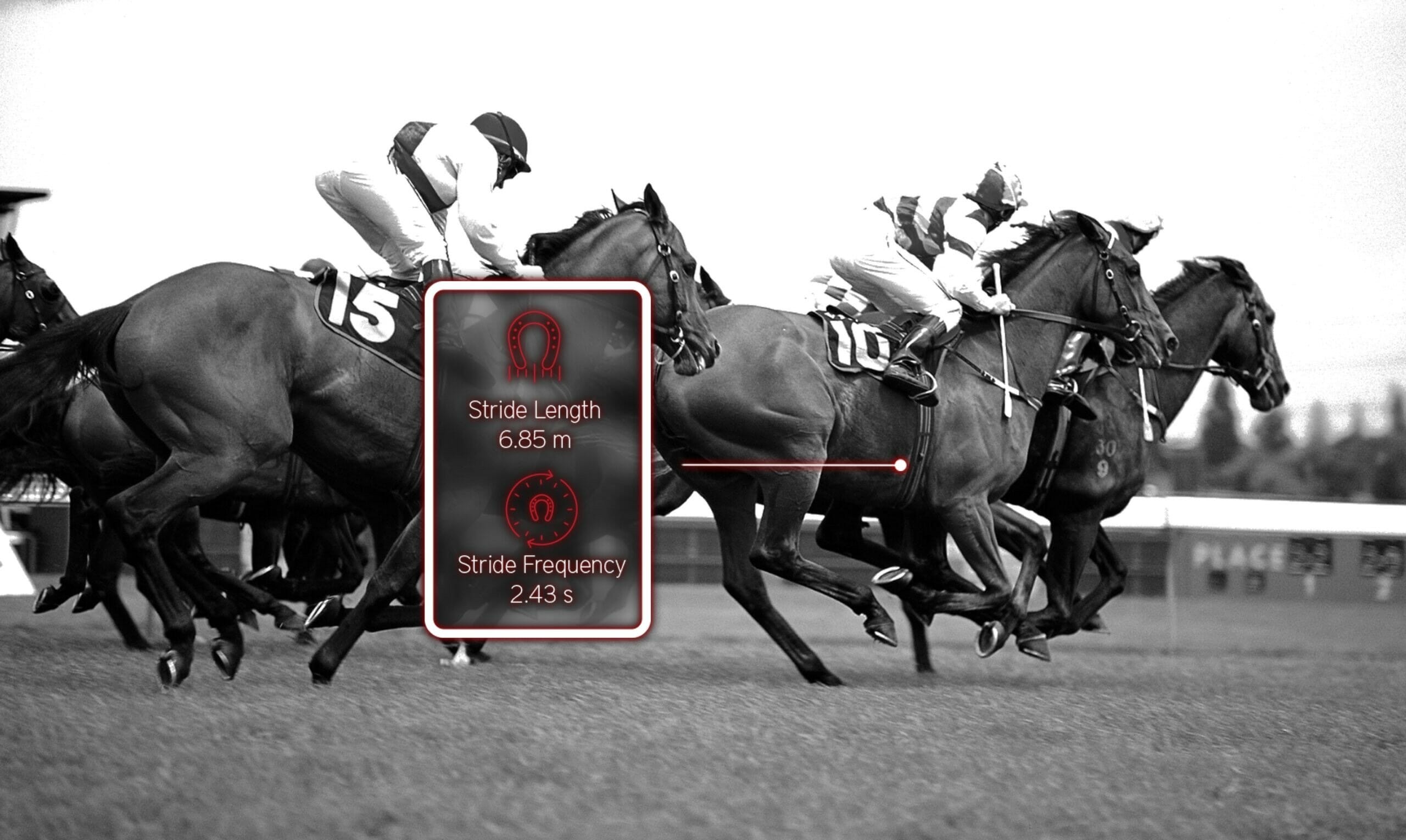
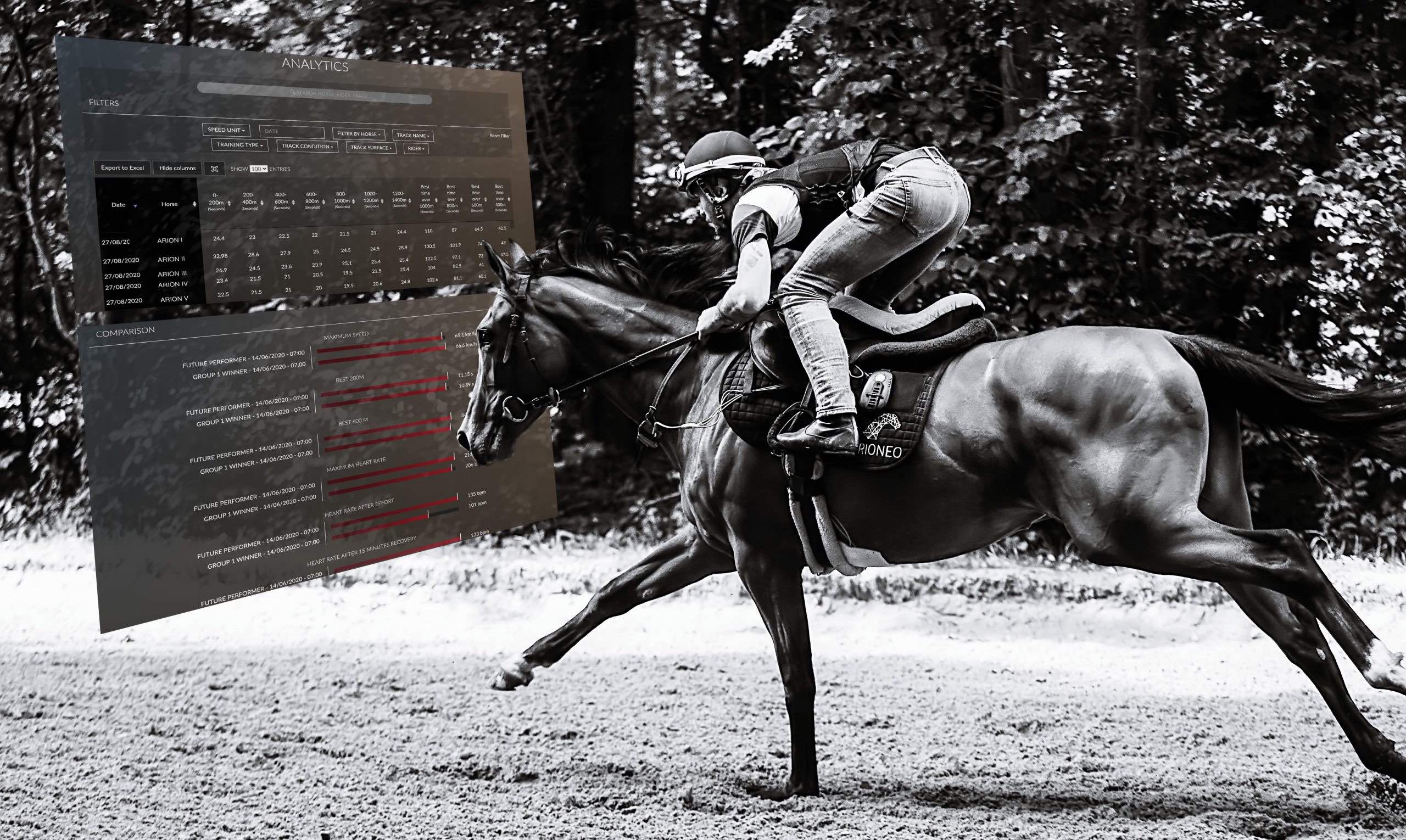
Prepare a race with objective data
Knowing your horses’ split times on the best 200, 400 and 600m allows you to assess whether a horse is ready to run a particular race. When a horse has a better time in the 600m than the previous winner of the targeted race, you can assume that this horse is a potential winner. Of course, it is important to bear in mind that other parameters matter. The horse’s fitness, his recovery at T moment and the type of track are also to be taken into account and EQUIMETRE allows you to measure them.
Follow-up of young horses
Daily monitoring of the parameters of a young racehorse allows you to follow the evolution of his performance thanks to the data collected during the first months of his training. It provides a reference for analysing the progress accomplished. Young horses do not react to the increased workload in the same way. The knowledge reference parameters for each horse allows the training to be individualised according to the different needs.
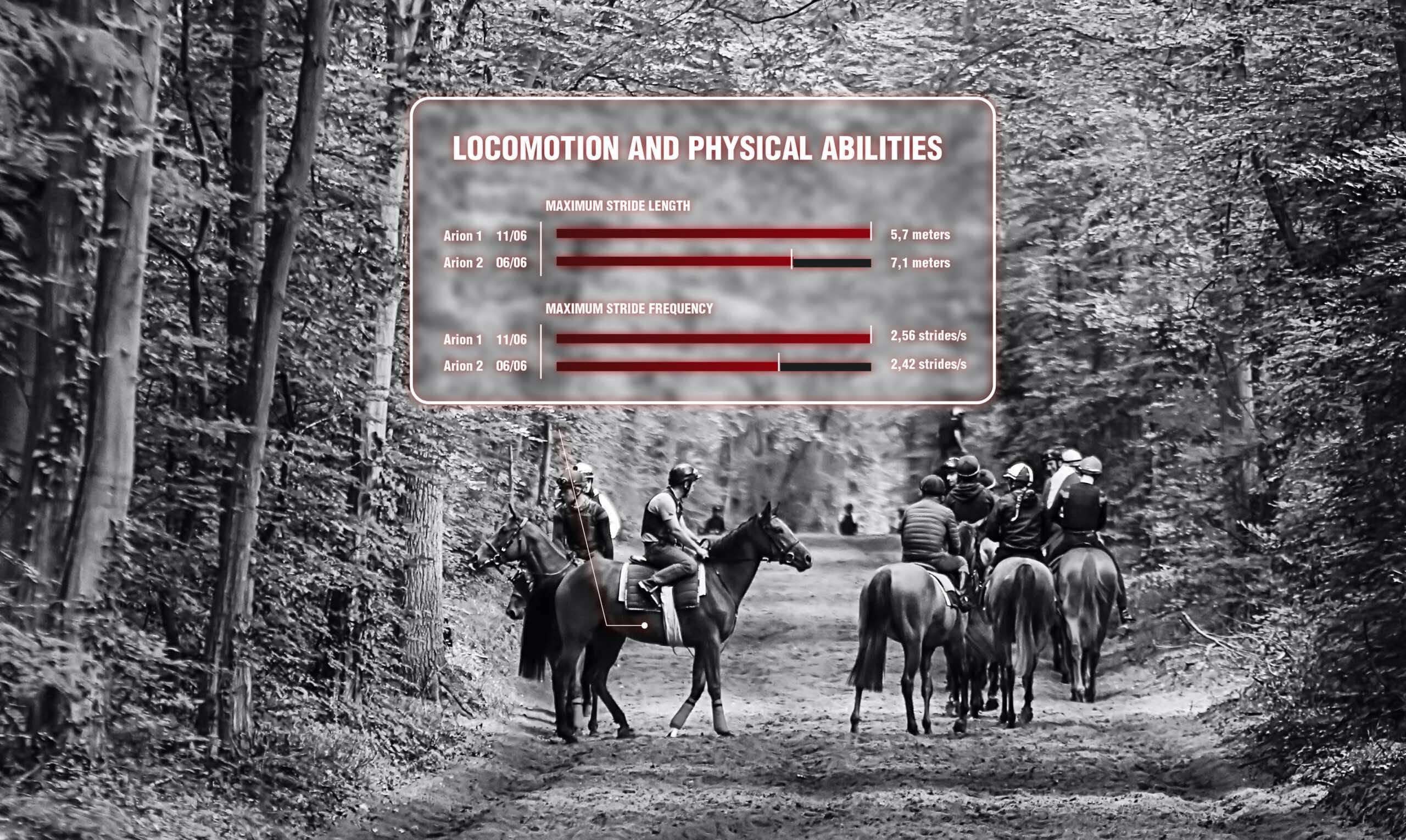
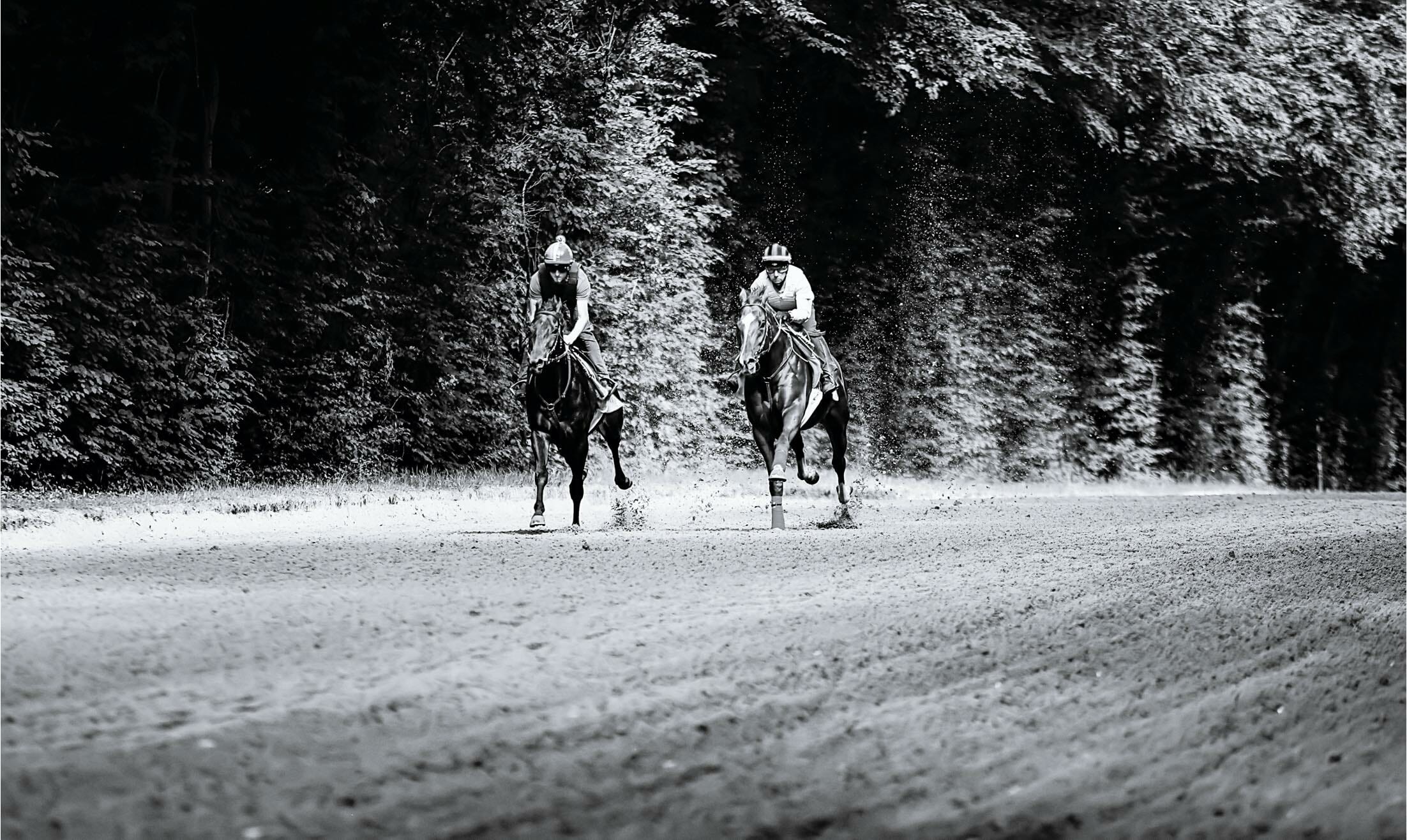
Carry out a standardised exercise to assess the fitness of the yard
Once all the horses are ready to work on speed, a standardised test can be carried out. Performing the same exercise under the same conditions with all the horses of the stable allows comparisons to be made based on comparable data. The speed ability and fitness of each horse are quantified. This is also a way to highlight the different locomotor profiles of the stable. It can be repeated several times during the season in order to evaluate the progress of each horse during an exercise in the same conditions (same track, weather, duration etc.).
Facilitate the communication with owners and veterinarians
Thanks to a system of linked accounts, information can be sent to each of the stakeholders and the Equimetre platform is at the crossroads of measures taken for the well-being and success of the horse.
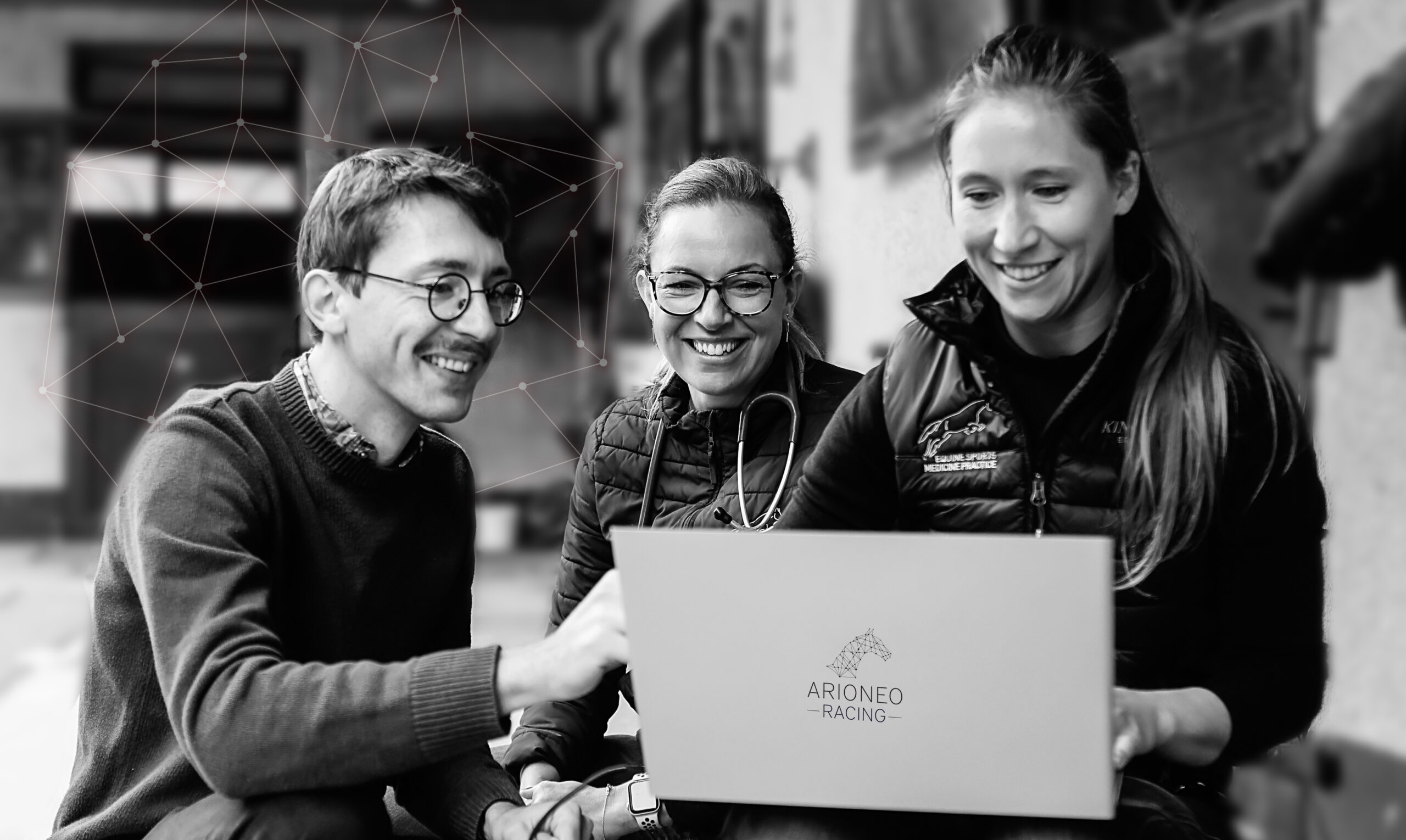
We use Equimetre to collect data which I’m becoming increasingly more committed to. A basic starting point is the fractions. You can back up what you’ve seen with your eyes against the clock. Stride frequency is a great indicator on trip. Recovery taken at three stages after work and trot symmetry are also helpful.

